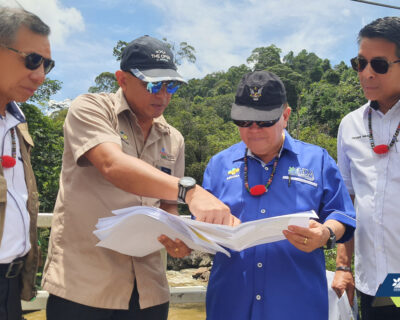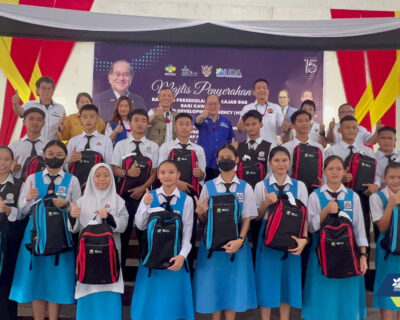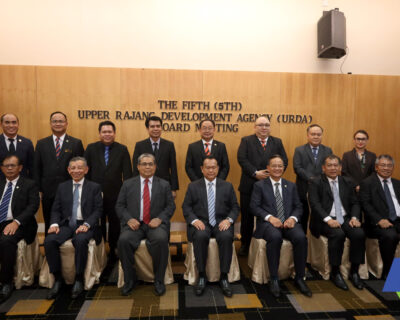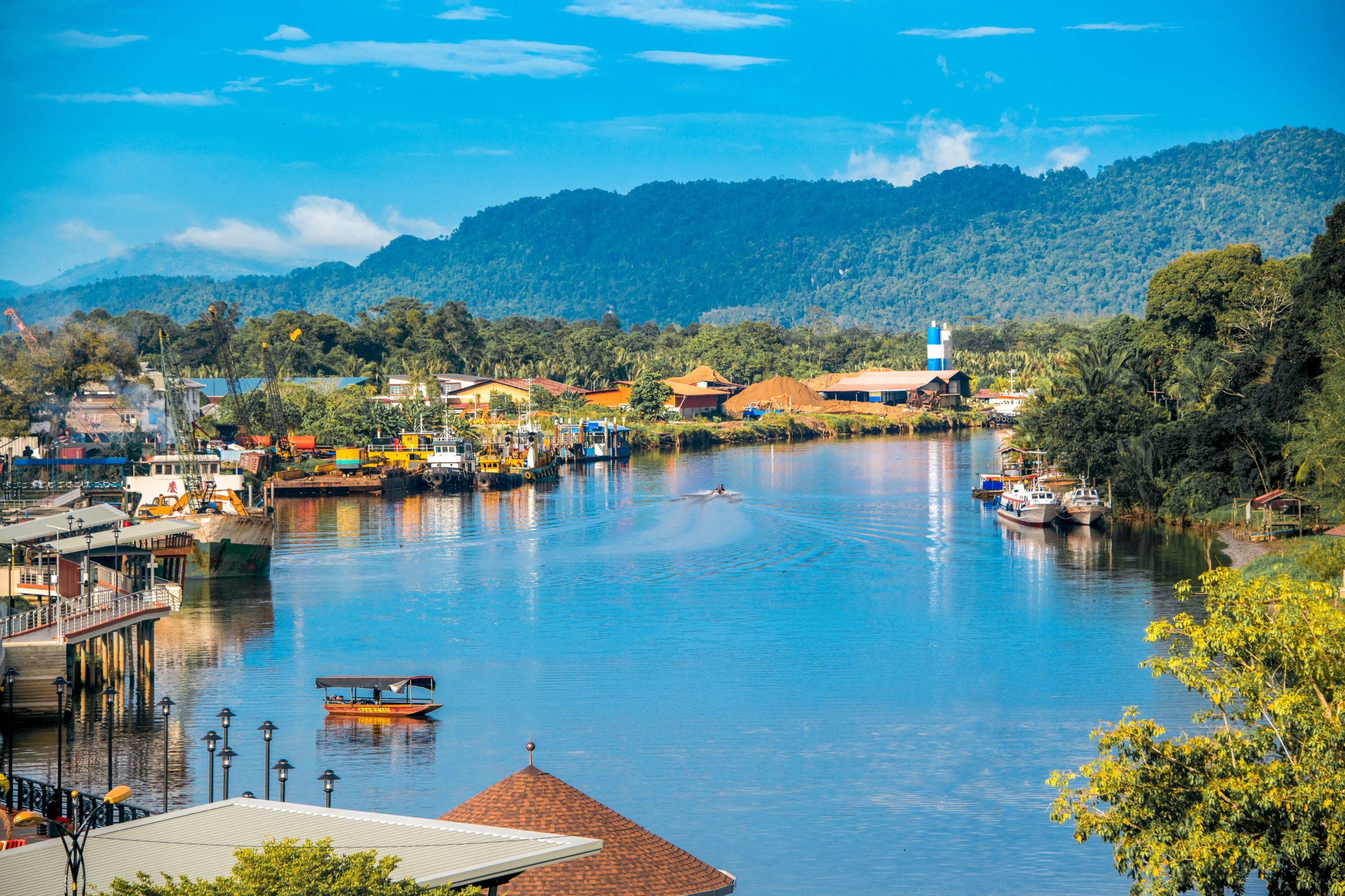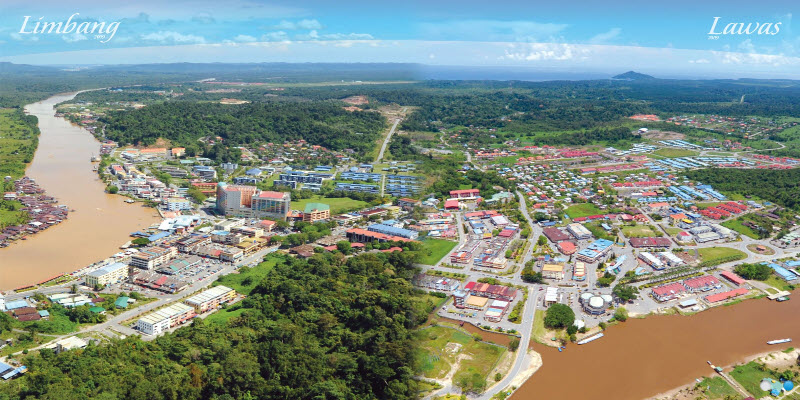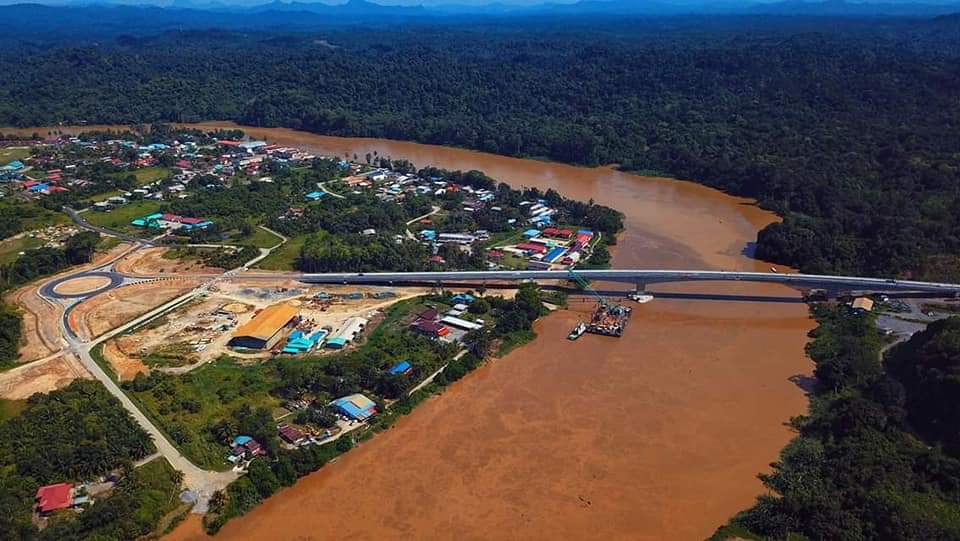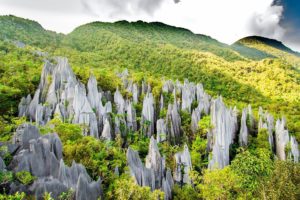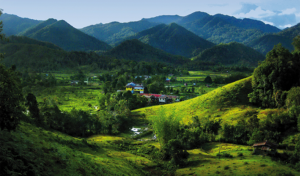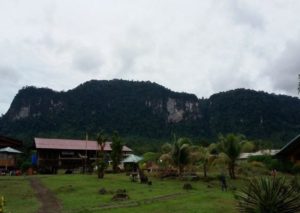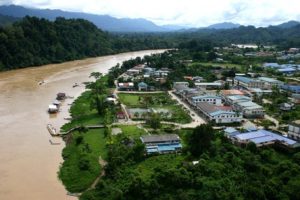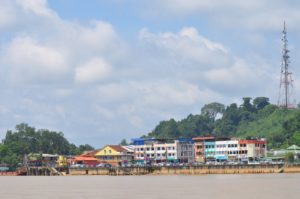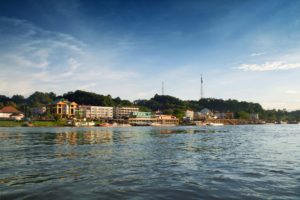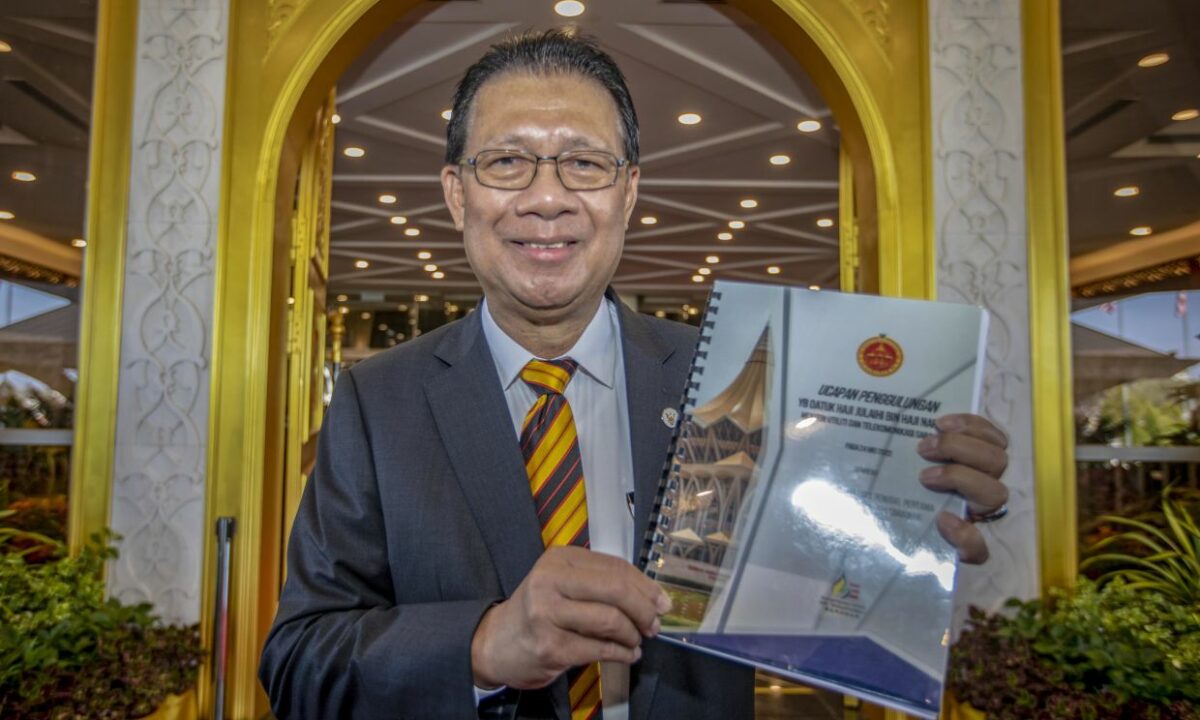
KUCHING: A RM600mil Bintulu-Samalaju gas pipeline will be built to boost gas supplies to energy-intensive industries in Samalaju Industrial Park, Bintulu.
The 70km-long project is currently in the design stage which is expected to be ready in the first quarter of 2023, according to Sarawak Utilities and Telecommunications Minister Datuk Julaihi Narawi.
He said the project, which is expected to be completed by 2025, will increase the distribution of gas supply to users in Samalaju Industrial Park and to the combined-cycle gas turbine (CCGT) power station that is now under construction in Tanjung Kidurong.
The CCGT power station, meanwhile, is expected to add 842MW to the state’s grid.
The Samalaju Industrial Park, one of the growth nodes under the Sarawak Corridor of Renewable Energy, is home to aluminium and ferroalloy smelting plants and other heavy industries.
Covering about 8,000 ha, the park features a modern deep-sea port, the Samalaju Industrial Port.
“The Bintulu-Samalaju gas pipeline project is also in line with the Post-Covid-19 Development Strategy 2030, in which my ministry through Petroleum Sarawak Bhd (Petros) will expand the natural gas distribution coverage network to increase gas consumption in Sarawak through the initiative under the Sarawak Gas Roadmap.
“Petros will expand the Pan Sarawak Virtual Pipeline System (VPS) initiative’s natural gas distribution coverage network to the major cities,” Julaihi told the state assembly.
He said the VPS is a pilot project for Kuching city that is currently in the commercial negotiation stage.
“The success of this pilot project has the potential to play a role as a benchmark for the implementation of the Pan Sarawak VPS project as a whole.
“This initiative is expected to benefit the people of Sarawak to enjoy natural gas resources at a lower price and encourage the growth of small and medium industries,” he added.
The Sarawak Gas Roadmap aims to localise 1,200 million standard cu ft per day by 2030.
According to Sarawak Premier Datuk Patinggi Abang Johari Tun Openg, currently 70% of liquefied natural gas supplies in Malaysia comes from Sarawak but the state is consuming less than 5% of Malaysia’s total production.
Johari had said that there is a pressing need to intensify the localisation of gas supply and utilisation to further industrialise Sarawak in the next five to 10 years in order for Sarawak to increase its high-value downstream economic activities.
On Sarawak’s plan to export electricity to Sabah, Julaihi said the two states are still in commercial negotiation stage.
Syarikat Sesco Bhd, a subsidiary of state-owned Sarawak Energy Bhd (SEB), and Sabah Electricity Sdn Bhd (SESB) had signed power exchange and interconnection agreements in August 2021 to pave the way for an initial export of 30MW for 15 years to Sabah.
The power export will be via a 31km 275kV double-circuit transmission line, which will run from Lawas in Sarawak to Mengalong in Sabah.
The interconnection is expected to commence by end-2023 once the grid extension under SEB’s Northern Agenda has connected Miri to the northern towns of Limbang and Sarawak in the northern region bordering the oil-rich Brunei.
Julaihi said depending on the completion of the northern grid extension project, SEB targets to supply electricity to SESB in 2024.
SEB has been exporting electricity to West Kalimantan on the Sarawak border since 2016.
According to Julaihi, the average demand for electricity in Kalimantan from SEB was 89.6MW until last September.
He said Sarawak’s electricity consumption has now reached 4,398MW against SEB’s generating capacity of 5,996MW, meaning there is a balance of 1,478MW available for domestic use. -Source: The Star


